Taste and flavor of Colombian coffee beans describe the main characteristics of Huilan coffee bean producing area in Colombia
Mention Colombia, it is rich in products, Qianjie coffee will naturally think of its famous "four treasures", coffee, flowers, gold and emeralds. Among them, coffee, one of the treasures of Colombia, also has a series in the bean list on the front street. Colombia is currently the third largest coffee producer in the world, after Brazil and Vietnam.

Colombian coffee is one of the few individual coffees sold in the world under the name of the country. In terms of overall quality, it has won praise unmatched by other coffee. Compared with other producing countries, Colombia is more concerned with developing products and promoting production. It is this, coupled with its superior geographical and climatic conditions, that makes Colombian coffee excellent in quality and delicious and famous all over the world.
Colombia has a superior geographical environment for growing coffee. The coffee-producing area is located in the Andes. The climate is mild and the air is humid. There are three Codiera Mountains running north and south, right into the Andes. Coffee is grown along the highlands of these mountains. The mountain steps provide a diverse climate. Colombia is the harvest season all year round, and different kinds of coffee ripen at different times. In the front street coffee bean list, several Colombian coffees are popular with many guests, such as a rose valley from the Colombian Santander region, whose strawberries and fermentation are impressive.
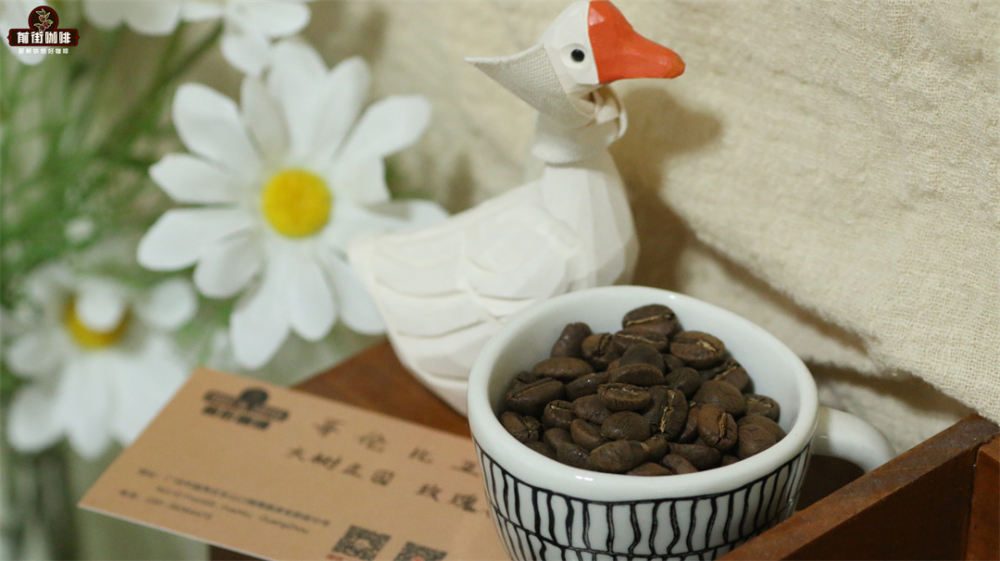
Colombia is located in the northwest of the South American continent, bordering Central America and Panama. In 1808, a priest introduced coffee to Colombia for the first time from the French Antilles via Venezuela. Today, Colombia is the world's third largest coffee exporter, mainly producing Arabica coffee beans and the largest exporter of Arabica coffee beans.
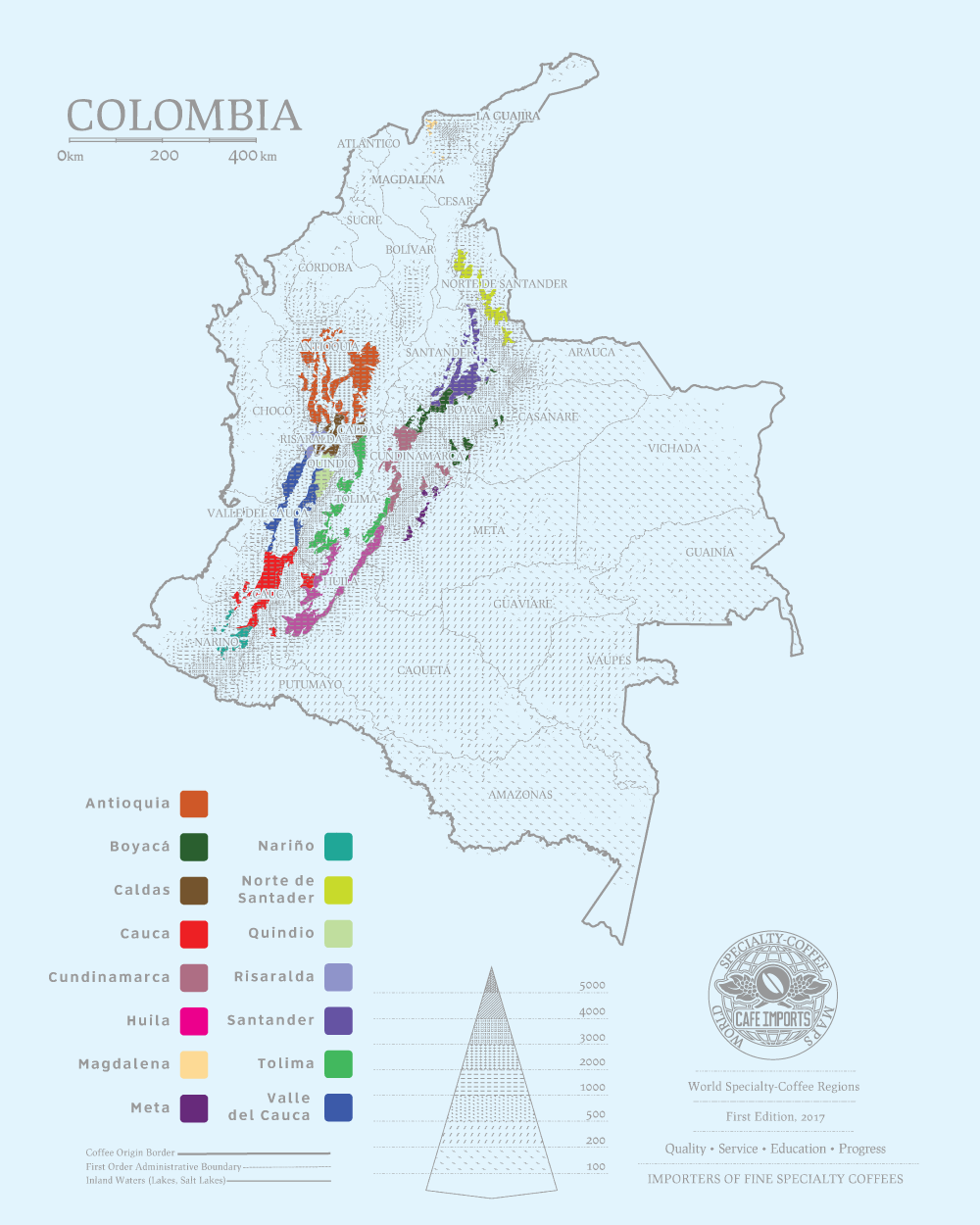
Characteristics of coffee producing areas
The Colombian coffee bean producing area is characterized by small estates and is the high-quality coffee harvested twice a year. The Andes Mountains with an average elevation of more than 4,000 meters above sea level, and small estates on steep slopes of about 1,000 to 3,000 meters above sea level in the foothills are the coffee producing areas of Colombia.
Colombia's boutique bean-producing areas are mainly in the south, more than 1500 meters above sea level, including San Augustin, Huila in Huilan province, Popayan, Cauca in Cauca province, Nari ñ o province, and Tolima province.
From north to south, the main producing areas of Colombia are: Santander and northern Santander Santander/North of Santander: located in northern Colombia, west of Magdalenaho, growing about 1400-1600 meters above sea level, the coffee beans in this area are famous for their strong taste, long aftertaste and unique fresh vegetation flavor.
Antioquia Antioquia: located in north-central Colombia, it grows 126000 hectares of coffee and produces 18% of Colombia's coffee beans, second only to Huila province. Most of the province is alpine terrain belonging to the M. Andes, but it is swept by the warm Caribbean sea breeze. Medellin, the provincial capital, is Colombia's second largest city and an important coffee producing area.
Tolima Tolima: adjacent to the provinces of Huilan and Cauca, there are the north-south Andes (M. Andes) and the Cordillera (M. Cordillera), and between the two famous mountain systems is the Magdalena River (R. Magdalena) running from south to north.
Huila, Huilan Province: located in the southern part of the Central Mountains in southern Colombia, it is the most famous boutique coffee producing area in the country. This area is a hilly land surrounded by mountains, planted more than 1500 meters above sea level, where the most important rivers in Colombia meet, bringing abundant water resources and moisture.

Cauca, province of Cauca: it is a certified coffee producing area in Colombia, with an average elevation of 1758m and a maximum elevation of 2100m. The topography, precipitation, temperature and volcanic soil of the area prepare suitable conditions for coffee growth. 80% is mountainous, with parallel mountain systems in the east and middle, part of the Andes, and the central mountain system includes two main volcanoes, Sotara and Petacas.
Na Linglong Narino: the Pacific Ocean to the west, Ecuador to the south, the Andes across the province, many rivers flowing south through this area, belonging to the alpine coffee growing area of Colombia, giving birth to a lot of boutique coffee farmers. Nalinglong Narino is also the first coffee producing area in Colombia to be named after its origin.
Colombian coffee has a balanced flavor and a smooth taste, just like a gentleman in coffee. The coffee is full-bodied and full-bodied, with bright and high-quality acidity.
Coffee bean grading
Colombia is divided into more than 200 grades, Colombian coffee beans with the highest grade [supremo], followed by the top grade [excelso], and selected beans with a diameter of more than 18,000,000 inches can be selected for boutique coffee.
Coffee bean treatment
Colombian coffee beans are mainly treated by washing. Friends who often buy the Qianjie food bean series will know that most of the Qianjie food bean series use the water washing method, because the water washing method is not only the basic flavor of the producing area, but also the beginning of the understanding of the flavor of the producing area. Compared with the sun method, the water washing method is better to control the quality of coffee beans, which mainly lies in washing the coffee to slow down the "fermentation" process, and because a large amount of water is needed, water washing treatment is rarely seen in countries that lack water resources.
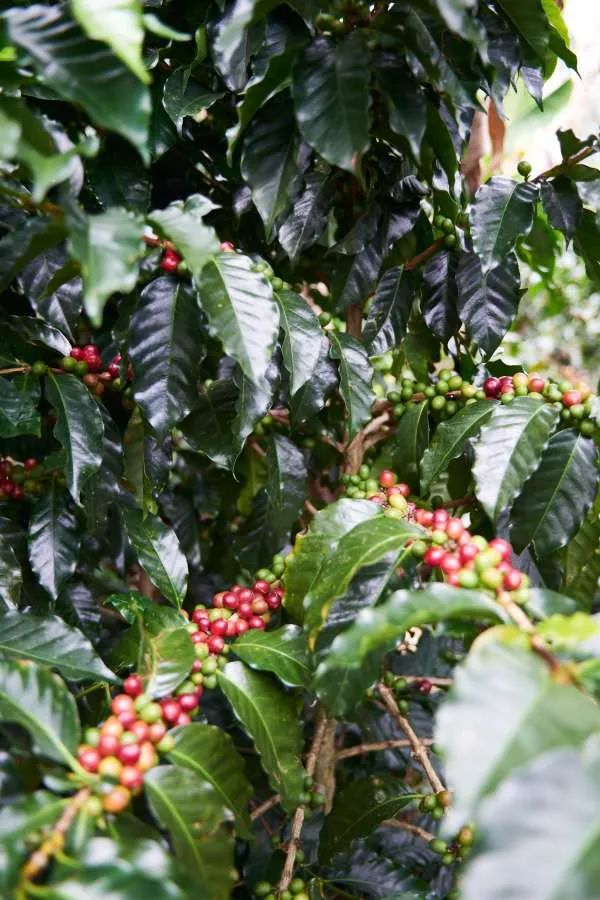
Coffee bean variety
In addition to Kaddura Caturra, Bourbon Bourbon, Colombian Iron pickup Typica and Pacamara Pacamara, Colombian coffee varieties have their own three disease-resistant varieties, namely Castillo Castillo, Tabi Tabi and Colombian Colombia with the same name as the country. Of course, there are also some rare and valuable varieties such as Rosa Gesha, small-grained Mocha Mocca, Lumi Sultan Rume Sudan, Eugene Odes Eugenioides, pointed Bourbon Laurina, Mara Rosa Maraguesa, Pink bourbon Pink Bourbon.
Iron pickup
Like other regions, the iron pickup is a long-standing coffee variety grown in Colombia, which was first introduced by a priest from the French Antilles via Venezuela from about the end of the 16th century to the early 17th century. Iron pickup has an excellent flavor, with a light floral aroma, excellent acidity and full body, but it has too little output and high agronomic costs and technical requirements. As a result, most coffee farmers choose higher-yielding coffee varieties.
At present, only a few areas of Colombia still grow iron pickups. Qianjie Coffee this year tested an anaerobic sun-treated iron pickup from Columbia Pearl Manor with a high-quality citrus acid, passion fruit and fermented aroma.
Bourbon
Bourbon is a variety of iron pickup, its biggest feature is that the bean body has become round, more excellent in acid quality, with a red wine-like flavor. The bourbon species was officially introduced to South America in 1860, first introduced in Brazil to replace low-yield tin cards, and then spread to Colombia, where bourbon cultivation is not widespread and is one of the few regions to grow it. A pink bourbon from Paraiso Manor in Cauca province is on the front street coffee. Its clear, clean, lemon and tomato-like acidity is reminiscent of Kenyan coffee.
Kaddura
Kaddura is a natural variety of bourbon. Compared with bourbon, it has the advantages of exposure property (no shade forest), short size (easy to pick) and many branches (high yield). It is not as good as bourbon in flavor. Therefore, it has become the main variety of coffee in Colombia. Interestingly, Kaddura was found on a plantation in the Brazilian state of Minas Gerais and screened by the Agricultural College of the State of Sao Paulo (IAC) in Campinas, Brazil. But the result of the experimental planting in Brazil was not ideal, and when it came to Colombia, Kaddura was immediately reborn and planted nationwide.
The coffee variety of Flower Moon Night and Rose Valley currently on the shelves in Qianjie coffee is Kaddura.
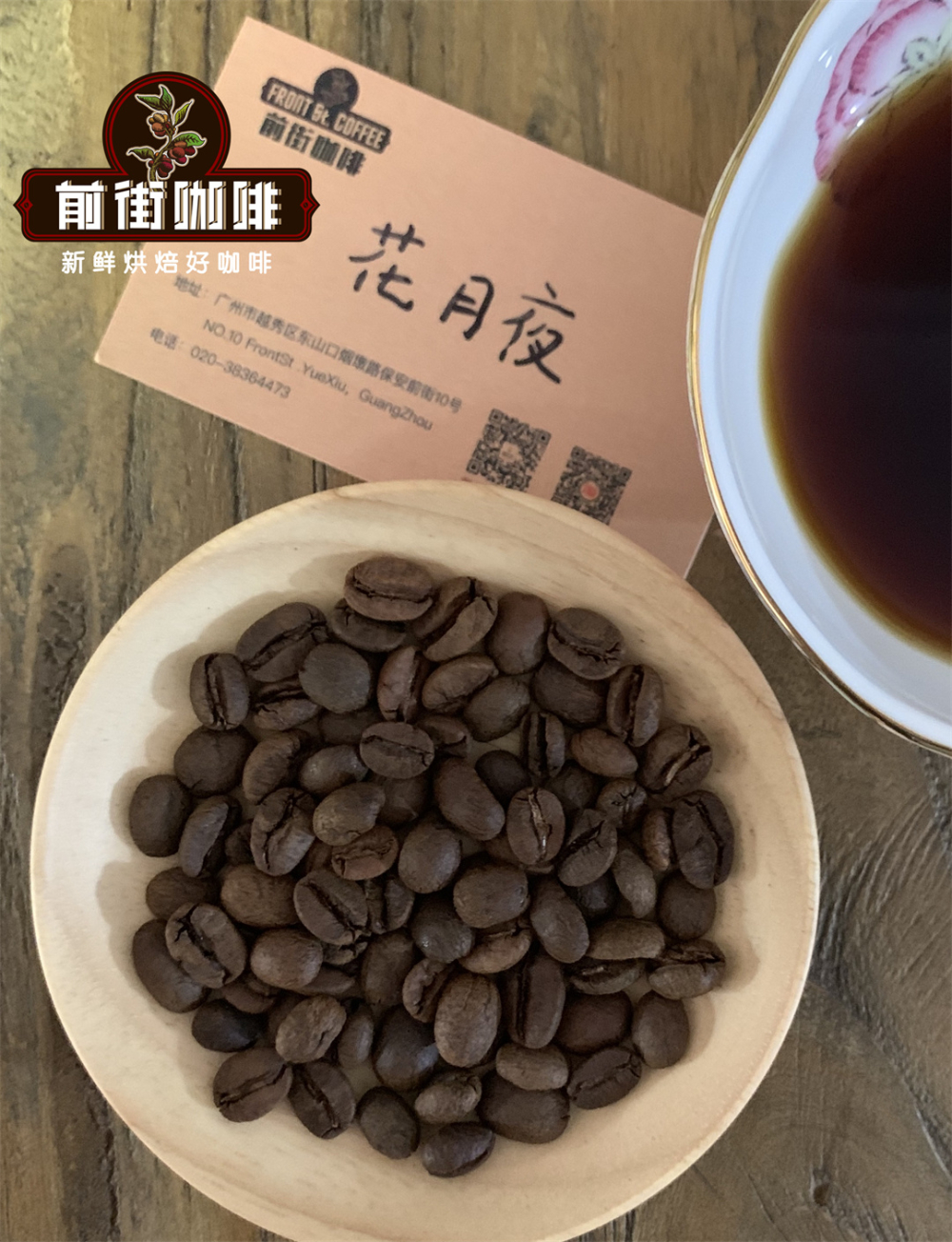
Colombia
In order to fight leaf rust, Cenicafe é, Colombia's National Coffee Research Center, developed a backcross improved Katim variety in 1980. After generations of evolution, its Robusta gene has been diluted more. The Colombian government gave this coffee variety under the national name "Colombia" to emphasize the differences of the original Katim and to help promote national cultivation.
Colombian varieties have excellent disease resistance and yield, but lack flavor compared to Kaddura. They are generally used for commodity bean export, and are also one of the main coffee varieties in Colombia.
Castillo
Castillo (Castillo) is a new generation of leaf rust resistant coffee developed by the Colombian Coffee producers Association (FNC) and the Colombian National Coffee Research Center Cenicafe. Cenicafe hopes to further improve the variety. In order to achieve a higher coffee yield, with higher resistance, and Kaddura comparable quality and flavor.
After 23 years of research and experiment, Cenicaf é cultivated the fifth generation Castillo and formally promoted commercial planting in 2005.
Castillo is famous for its smoothness, aroma and citric acid. According to the blind test results of the Colombian National Coffee Research Center, the flavor of Castillo can reach the flavor quality of Kaddura and bourbon. Planting is currently being carried out throughout Colombia, according to official statistics.
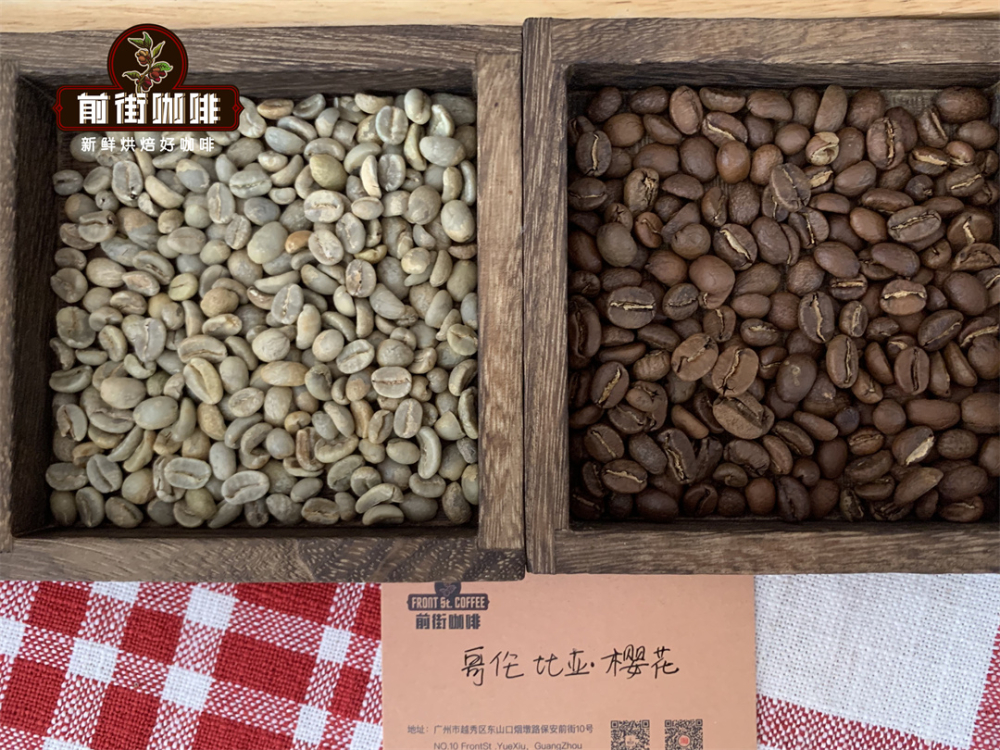
But Qianjie has not tasted Castillo coffee beans that are traditionally treated (sun-dried or washed), so they have reservations about whether their flavor is as described by Colombian officials. At present, the Castillo variety on the street is the cherry blossom of Paradise Manor, which shows the aroma of moxa, mint, Eucalyptus, berries and strawberry candy through double anaerobic washing treatment.
In the front street coffee, Columbia coffee beans also have a rose summer variety, this rose summer coffee bean is from the Columbia Whelan Montblanc manor rose summer mix bean flower to see. At first, Kaddura and Kaduai coffee varieties were grown on the manor. in 2016, the owner and his team introduced rose summer varieties from Panama until the harvest began in 2020 and mass production began in 2021. So this coffee bean is the first time that Montblanc Manor has sold Rosa coffee beans to the market.
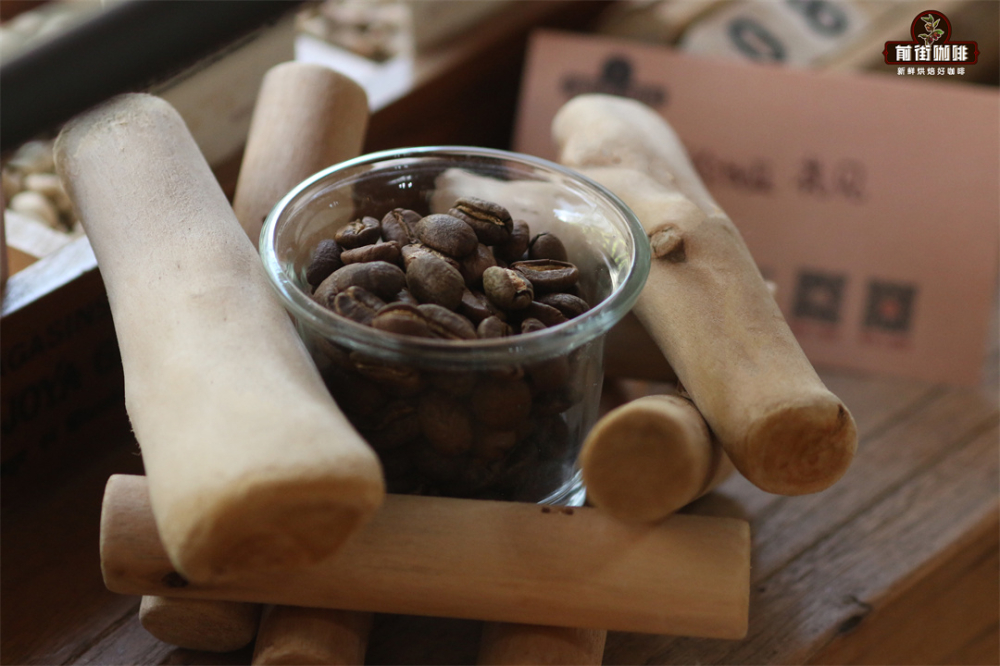
Colombian rose summer mixed flowers see coffee beans
Producing area: Cymbidium Colombians
Manor: Montblanc Manor
Altitude: 1900 m
Variety: Rosa Kaddura Kaduai
Treatment method: washing treatment method
Flavor: pink pepper, chamomile, mandarin, honey, almonds
The front street will use this Colombian coffee bean as a brew to see what the flavor characteristics are.
Colombian coffee brewing method
Through the cup test in front of the street, we can know that Colombian coffee beans are soft and balanced as a whole, so it is recommended to use 90-91 degrees Celsius in the proportion of powdered water at 1:15, and medium and fine grinding is recommended for coffee beans (the screening rate of Chinese standard No. 20 sieve is 78%). Filter cup: V600001.
Qianjie three-stage cooking technique: first inject 30 grams of water for steaming for 30 seconds. Then small flow circle water injection to 130 grams, water level drop is about to expose the powder bed, continue to water injection to 240 grams to stop water injection, such as the water level drop is about to expose the powder bed to remove the filter cup, (steaming starts timing) extraction time is 2 minutes 39th 15 ".
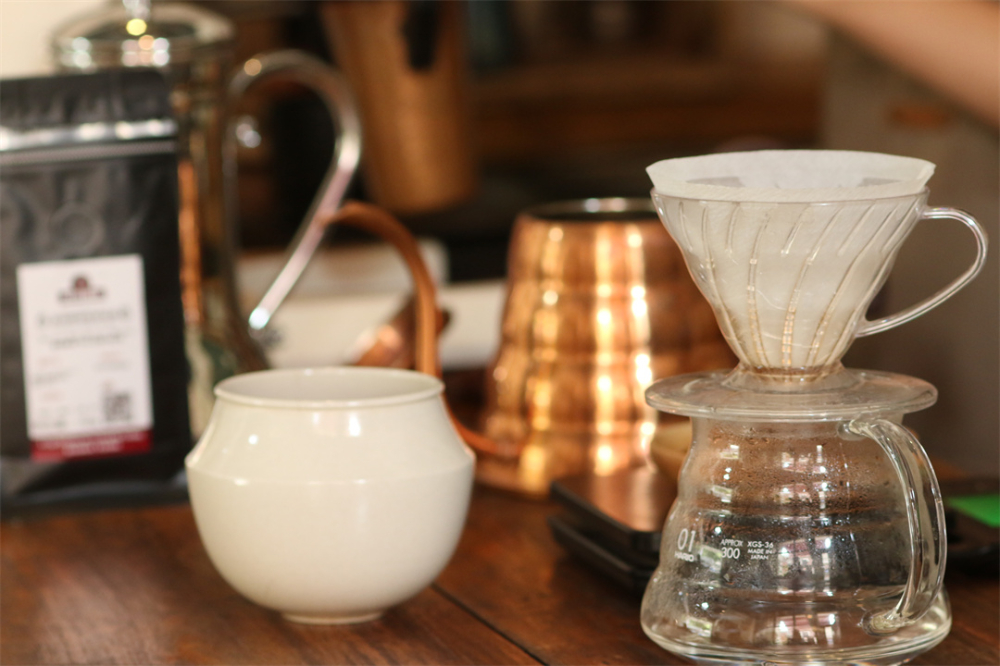
Through the front street cooking, the flowers see Rosa coffee beans with floral aroma, soft acidity of orange / mandarin, honey sweetness, and tea-like finish.
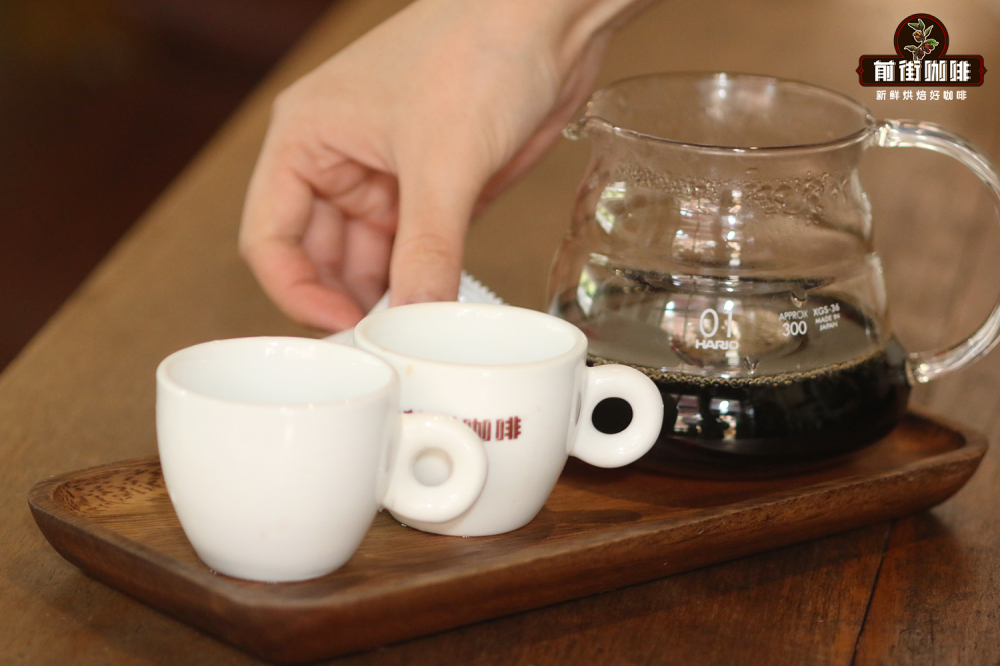
Important Notice :
前街咖啡 FrontStreet Coffee has moved to new addredd:
FrontStreet Coffee Address: 315,Donghua East Road,GuangZhou
Tel:020 38364473
- Prev
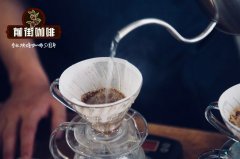
Distribution of Brazilian coffee producing areas description of the brewing flavor of Brazilian boutique coffee Arabica bourbon coffee beans
Professional coffee knowledge exchange more coffee bean information please follow the coffee workshop (Wechat official account cafe_style) Brazil coffee production areas Brazil, of which seven states have the largest production, accounting for 98% of the country's total output. Sao Paulo State (Mogiana, Centro-Oeste) Parana State (Norte Pionerio do Paran) Bahia State (Planaltoda Bahia, Ce)
- Next

Costa Rica Tara Pearl Father Rose Summer Wash Coffee Flavor Characteristics Introduction
Professional coffee knowledge exchange More coffee bean information Please pay attention to Coffee Workshop (Weixin Official Accounts cafe_style) Costa Rica Padre Ronald Geisha Costa Rica Father Guixia Country: Costa Rica Production Area: Tara Pearl Variety: Guixia Elevation: 1600- 1650m Treatment Method: Washing Treatment Grade: SHB| Costa Rica Costa Rica
Related
- Does Rose Summer choose Blue, Green or Red? Detailed explanation of Rose Summer Coffee plots and Classification in Panamanian Jade Manor
- What is the difference between the origin, producing area, processing plant, cooperative and manor of coffee beans?
- How fine does the espresso powder fit? how to grind the espresso?
- Sca coffee roasting degree color card coffee roasting degree 8 roasting color values what do you mean?
- The practice of lattes: how to make lattes at home
- Introduction to Indonesian Fine Coffee beans-- Java Coffee producing area of Indonesian Arabica Coffee
- How much will the flavor of light and medium roasted rose summer be expressed? What baking level is rose summer suitable for?
- Introduction to the characteristics of washing, sun-drying or wet-planing coffee commonly used in Mantenin, Indonesia
- Price characteristics of Arabica Coffee Bean Starbucks introduction to Manning Coffee Bean Taste producing area Variety Manor
- What is the authentic Yega flavor? What are the flavor characteristics of the really excellent Yejasuffi coffee beans?

